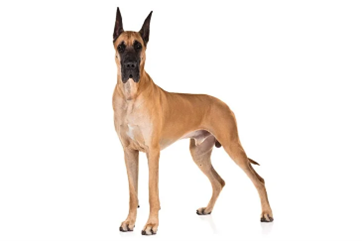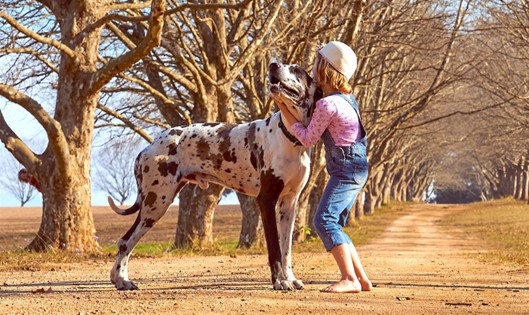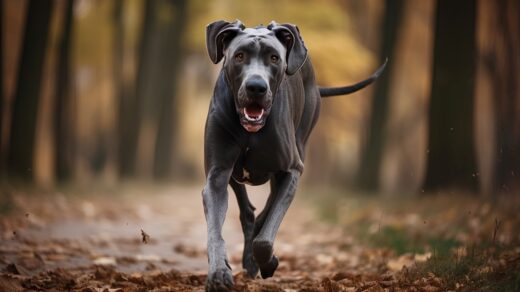
Blessed with a huge personality (and a body to match) Great Danes offer affectionate, patient companionship — especially for families.
And while they are known for their playfulness and protective natures, it usually takes a bit of effort to train and socialize them since their energy level and mental stimulation needs are higher than average.
Great Danes of the Ozarks explains more below on what it takes to get these large dogs to play nice.
The Value of Proper Training
It’s not that being affectionate is a bad thing, but Great Danes are known for their clinginess. How can pet owners be sure their 150-pound companion isn’t attached at the hip 24-7?
This is where training comes in, especially when boundaries need to be established early on, whether the pet is a watchdog or a simple couch potato. Great Danes are powerful dogs and highly active. Creating some ground rules for behavior will help with everything from overexertion to the risk of inadvertent damage to homes and unforeseen human injuries.
The good news is that these large dogs are also known for their adaptability. Instilling mental stimulation and physical exercise early and often as part of their routine will go a long way in setting an expected tone.
Methods to Training
Great Danes have oversized statures and personalities to match, but they are highly trainable and adaptable to commands. It just takes a strong commitment.
Owners and professional trainers say that these dogs require a good bit of repetition during the training process. They seem to not react immediately, but after they consider the command, they learn to follow it most of the time.
Puppies in particular will ignore commands one day and then obey them quickly the next. Training will help these mild-mannered dogs overcome common behavioral issues such as excessive chewing and digging, climbing on furniture, and other destructive behavior inside and outside the home. Books focused on specific training techniques are especially effective.
One key to a breakthrough in behavioral training is introducing a pet early to a range of different animals and people. This includes children and adults, women and men, and strangers hanging out at the park or in a city environment.

Getting Social
It may seem counterintuitive but proper canine socialization for begins in the home.
And another person or another dog does not need to be there.
Instead, owners should make their pets are comfortable by touching their paws, faces, and ears, walking them regularly, and starting bathing routines early on. Then it’s time to venture further out. Try some car rides and have them meet different animals.
Make sure they are introduced to a variety of loud noises (parties, ambulance sirens, fireworks) and bring them along to different types of community outings, such as concerts or festivals.
This exposure to as many different types of environments will set a dog up for comfortable interactions later in life and make them feel instantly OK with playing around safely with other dogs of all different sizes.
Show Some Love
Training and socialization are a lot of work, so ensure your dog knows how much he or she is appreciated. When proper behavior is displayed, don’t hesitate to reward it.
That way, their good behavior will be connected with a pleasant treat and a great Dane will soon be a happy, healthy, and social member of the family.


